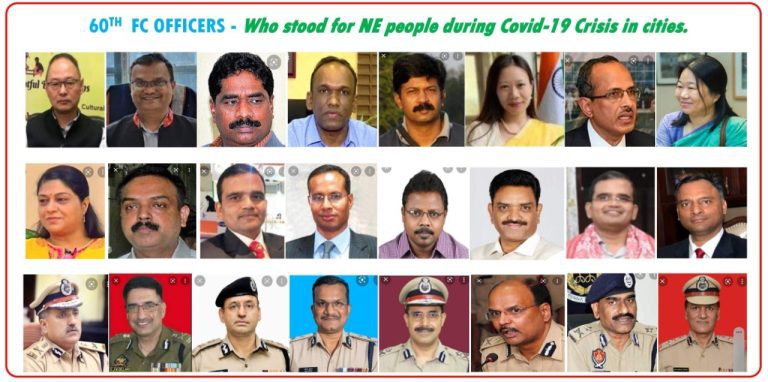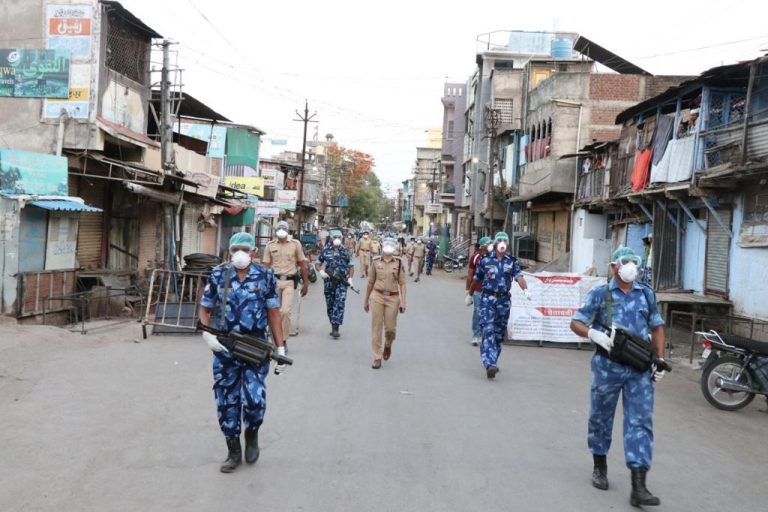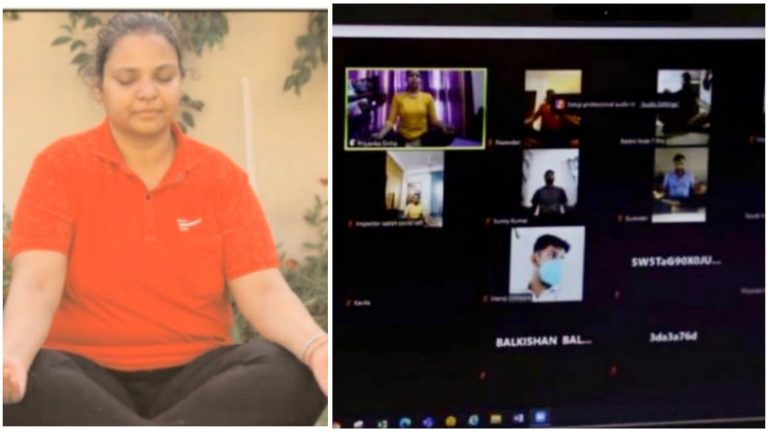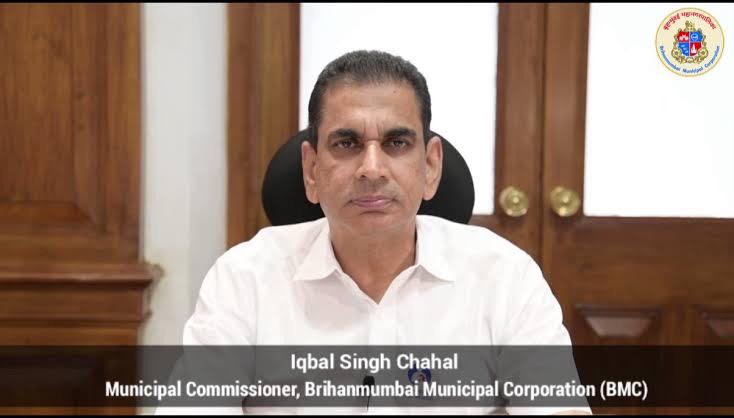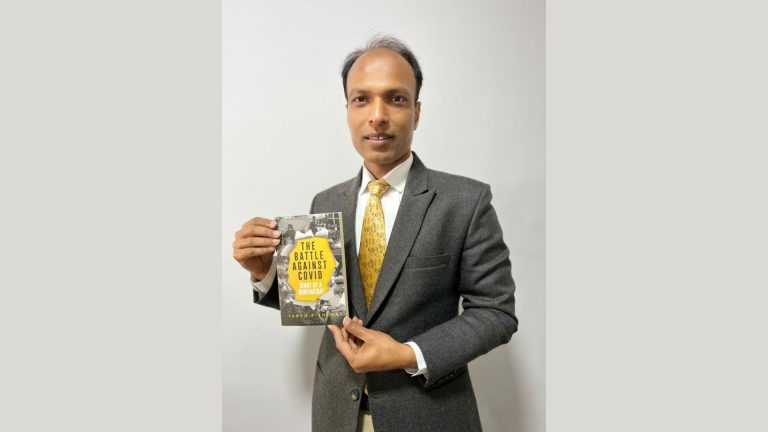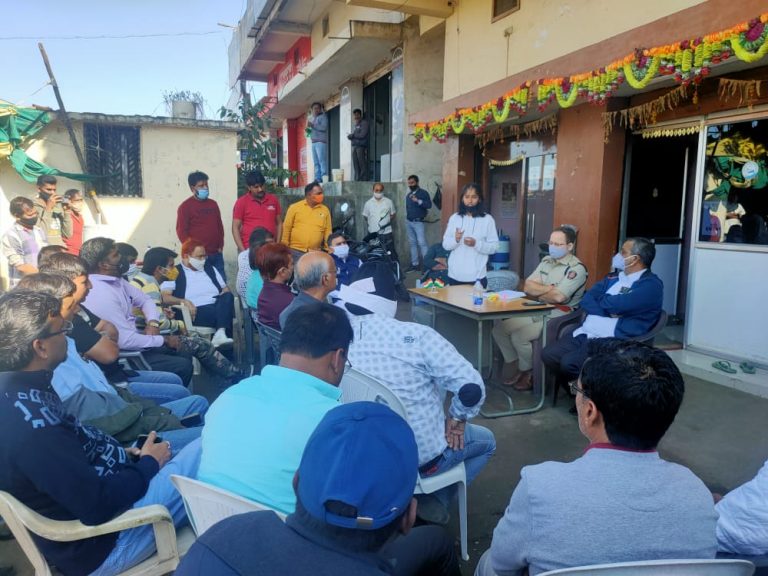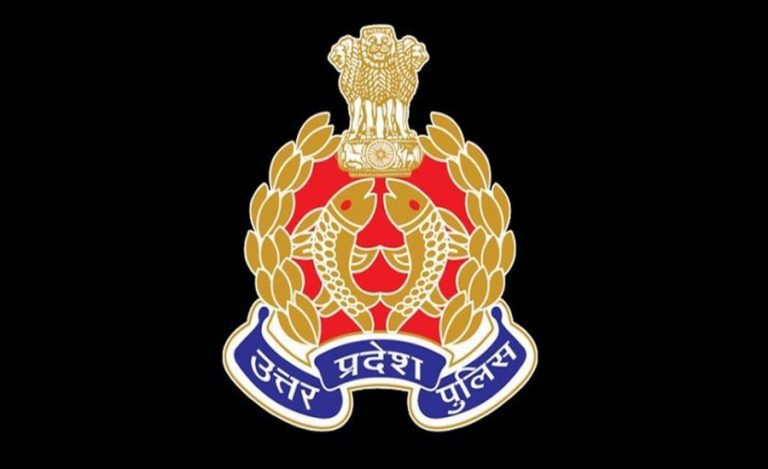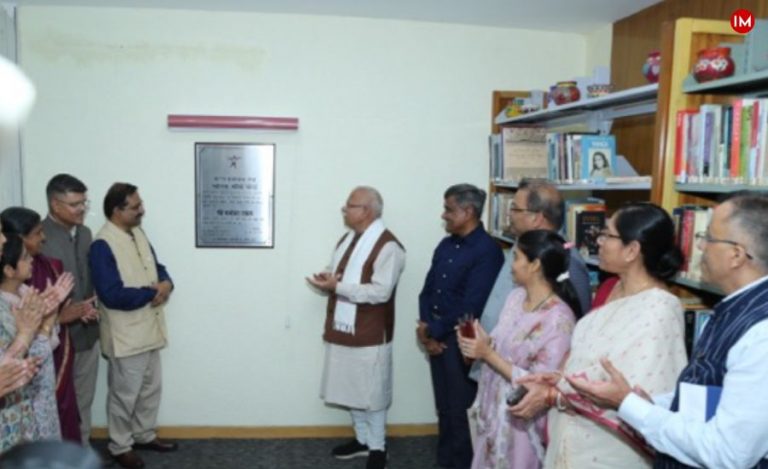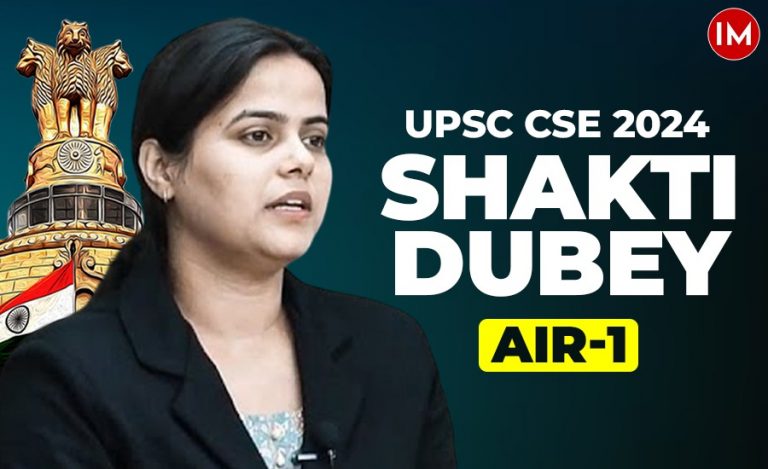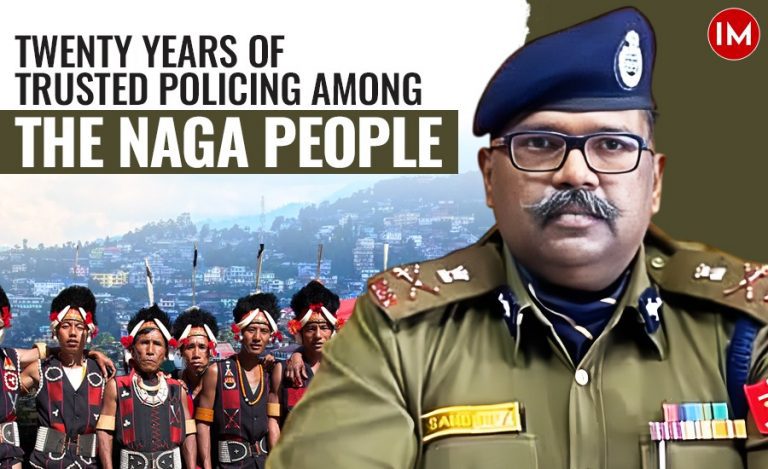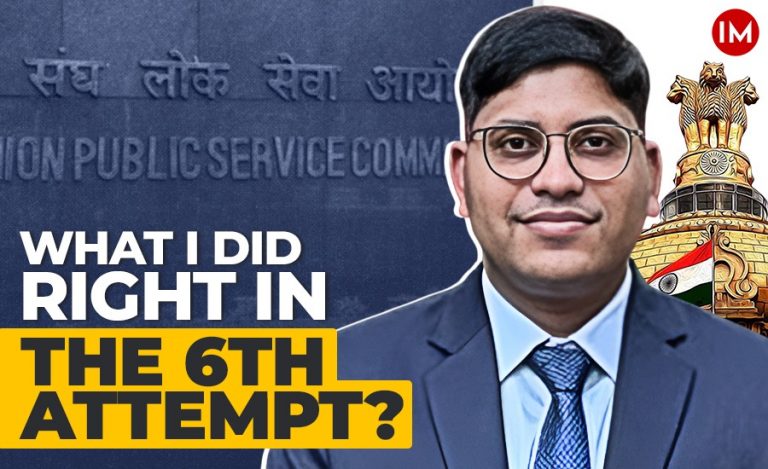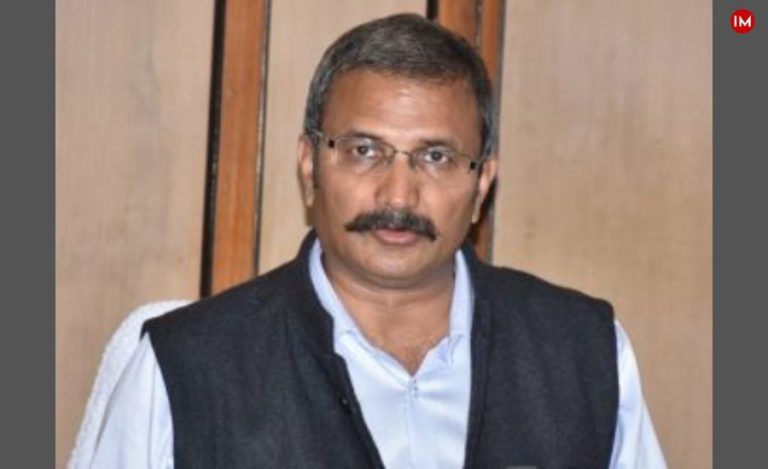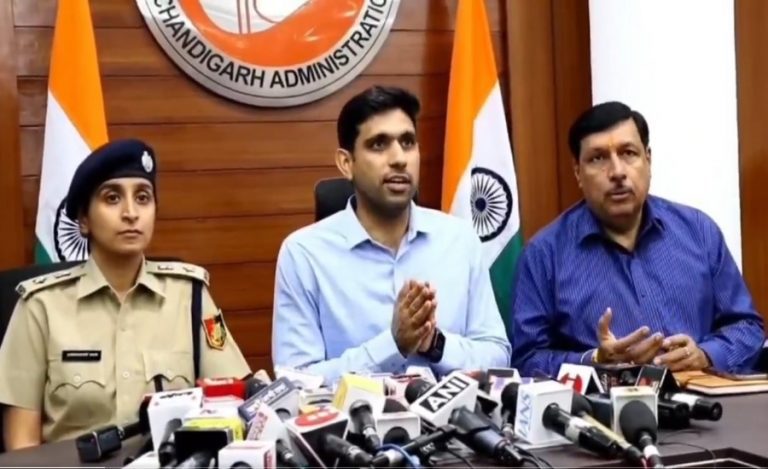At a time when chaos and death reign supreme in Delhi as well as many big and small cities of India, when getting an oxygen cylinder or a hospital bed would decide whether you will live or die, when cremation and burial grounds are looking like scenes from a never-ending horror film, when the health infrastructure seems ripe for an eventual crash (if it has not already), one city in the country has held out the light of hope. And the city is Mumbai, India’s financial capital, and it just might have imparted a lesson on survival to the rest of India.
What Mumbai has achieved is no less than a miracle. Within just 30 days, it has almost turned the tables on Covid 19.
HEARTENING FIGURES
The figures released on Friday by the Brihanmumbai Municipal Corporation (BMC) reveal how the city fought back against coronavirus since the start of second wave in February 2021. On April 3, Mumbai registered 11, 573 Covid 19 cases, the highest in a single day. However, the by the last week of the month, the numbers came down to around 4,000.

And equally important, the positivity rate (indicating the spread of Covid 19 in the population) also came down sharply. While the positivity rate in Mumbai stood at 20.8 percent in the beginning of April (suggesting that two out of every 10 persons being tested was coming out positive), it came down to single digit- 9.9 percent- by April end.
On the other hand, Delhi failed miserably on both fronts: the fresh additions to Covid 19 cases daily as well as positivity rate. For the last one week and more, 25,000-plus cases every day are being reported from the national capital every day, with the positivity rate hovering over 30 percent. A sad state of affairs, indeed.
THE SECRET OF MUMBAI’S SUCCESS
Our correspondent Pallavi Priya spoke with the additional commissioner of BMC, Mr Suresh Kakani, trying to find out how Mumbai turned the tide against coronavirus.
As Mr Kakani pointed out, considering the very high population density of Mumbai, a multi-pronged strategy was adopted to fight Covid 19. “It was a very challenging situation. We stuck to the basic concepts of tracking, testing and treating. All the quarantine centres created by us have been well equipped, where full care to the patients is provided. He centres had all facilities, and people were also happy to be there.’’
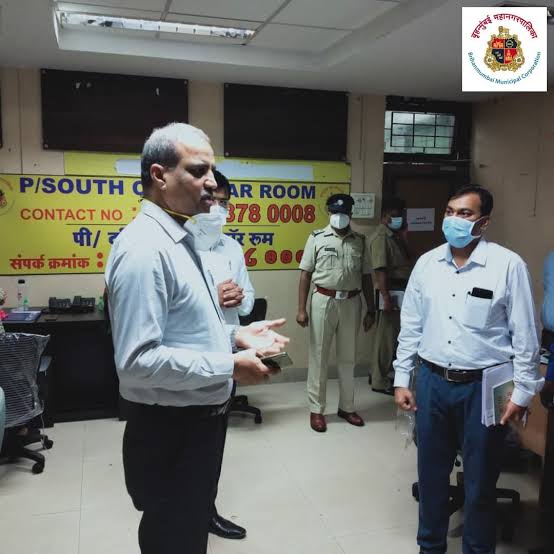
Now contrast this with the situation in Delhi, where even the most essential and life saving item such as an oxygen cylinder is not being made available by the authorities. What is worse, the family members and relatives of the affected persons are supposed to arrange the cylinders, and even medicines like remdesivir, to the hospital. These two items alone are being sold openly in black market, at exorbitant prices, with absolutely no check on the hoarders and black marketers.
DECENTRALISATION IS THE KEY
It was not easy for the corona fighters in Mumbai to flatten the curve of Covid 19. One of the important measures it took, pointed out Mr Kakani, was decentralization of bed allocation. `He explained: “Mumbai has 24 wards, and we set up war rooms in each ward. Earlier we had only one control room for the entire Mumbai, but that became very over-crowded. But not so in the 24 wards. Here, ambulances and medical teams were stationed in each ward and individual attention could be given to the patients, according to the level of their needs.’’
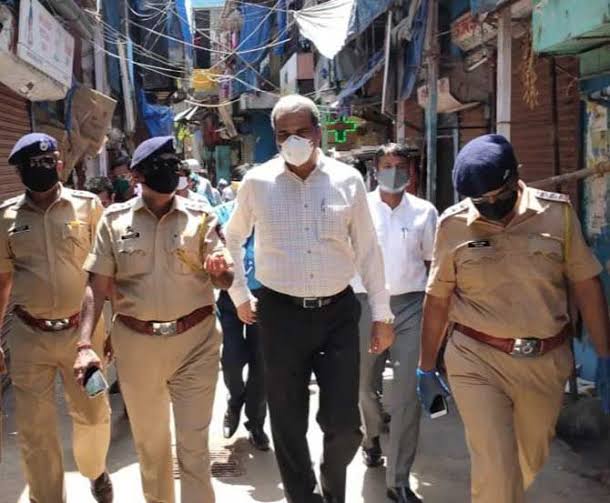
Mr Kakani is not wrong when he says that all these measures put the people of Mumbai at ease, while at the same time they earned new respect for the BMC.
As to how the Delhi is coping with Covid 19, we leave it to the readers to make their own assessment.
MAHARASHTRA LIKELY TO LEAD THE WAY
Our correspondent Raghav Goyal spoke with the District Magistrate of Gadchiroli in Maharashtra, Mr Deepak Singla. According to him, while Mumbai had managed to buck the trend, the spread of Covid 19 several other regions in the state had started to plateau out, and this indeed was a welcome sign.
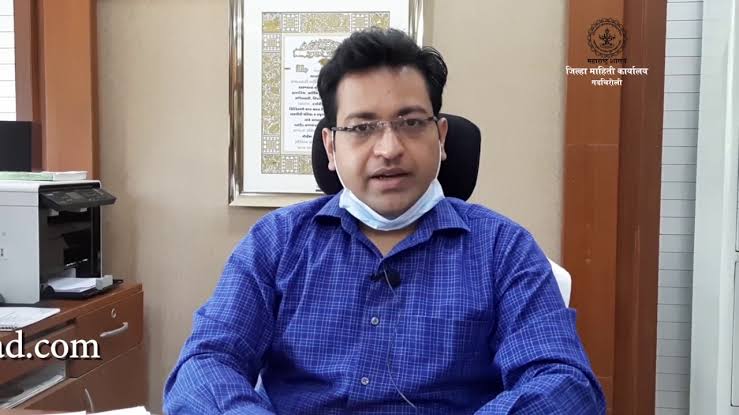
Said Mr Singla, “It’s clear that we are seeing the effects of restrictions. The figures of the state are not moving past 67,000. Cases are not increasing. The positivity too is coming down. These are good signs. This will also be a very encouraging development for the rest of India. At the same time I would like to stress that lockdowns are important because they stop the transmission of virus. Equally important for the people is to adhere to appropriate Covid 19 behavior such as wearing proper masks and maintaining social distancing.’’
The utterances by the two senior bureaucrats of Maharashtra should not be viewed merely as pearls of wisdom (which they are). For many cities, including Delhi, which has been floundering in the dark, almost drowning in the second wave of Covid 19 with no Plan B in sight, Mumbai brings a powerful message of hope.
If only we decide to listen.


